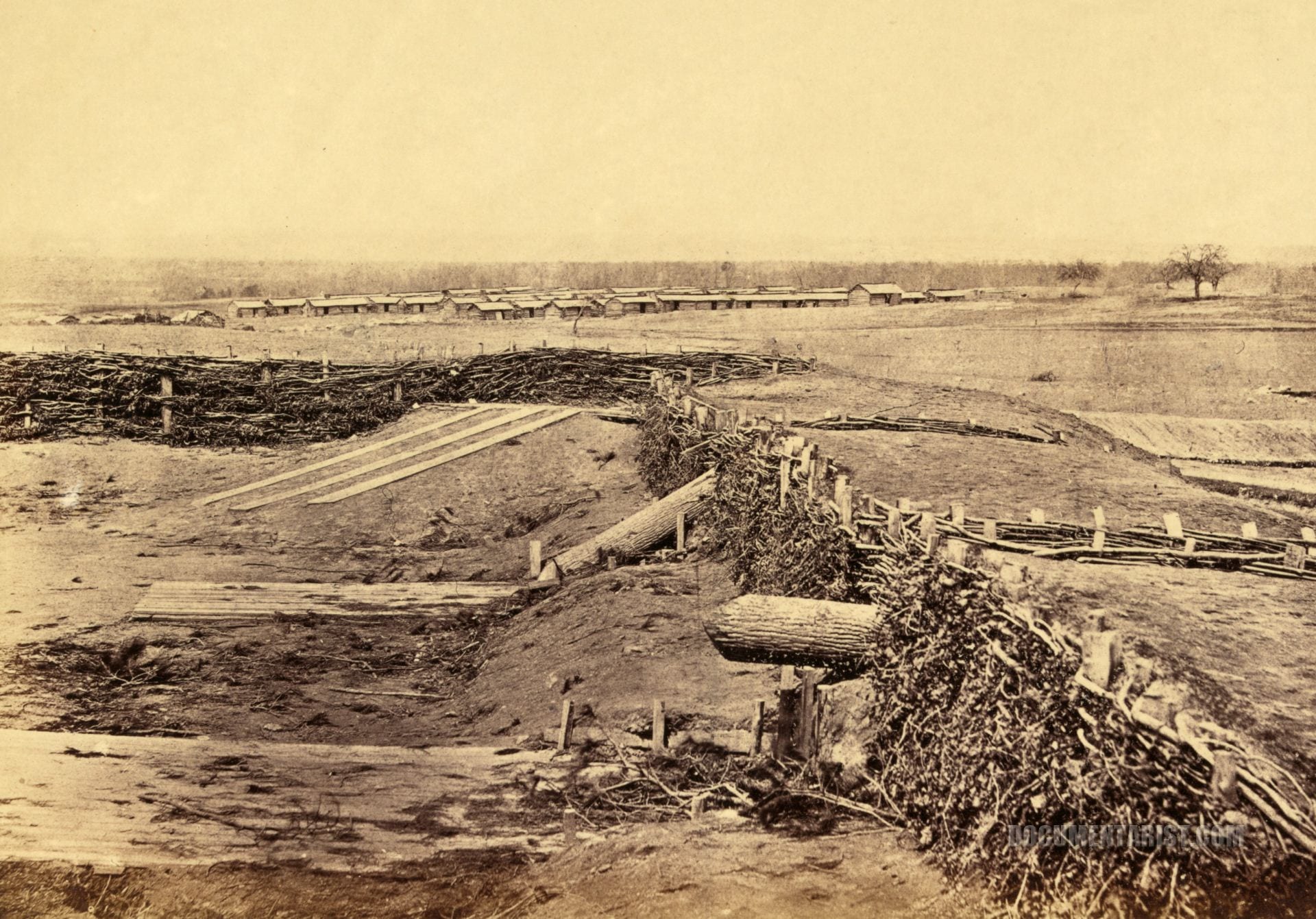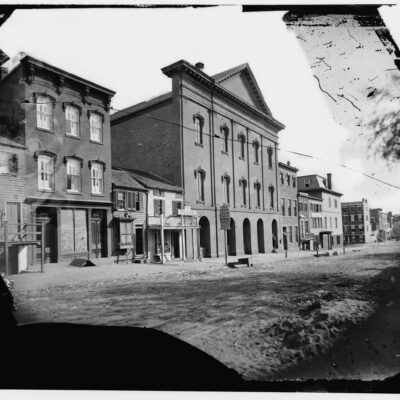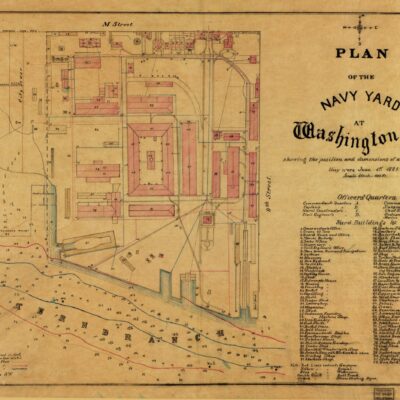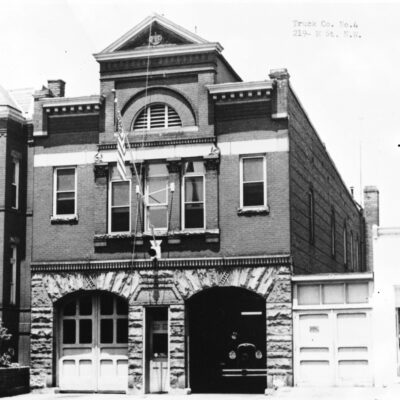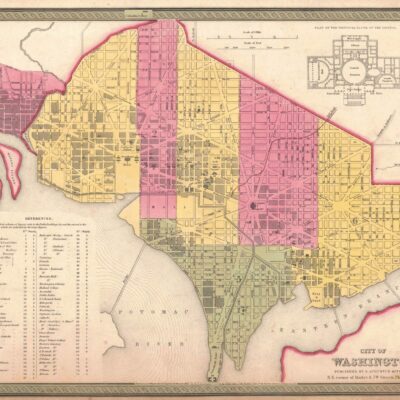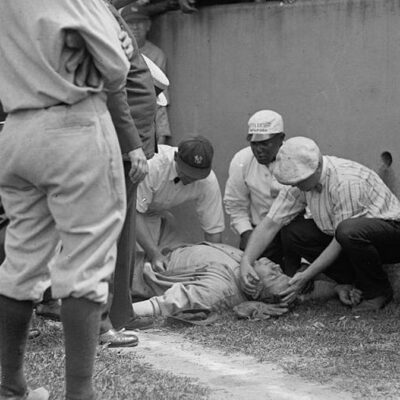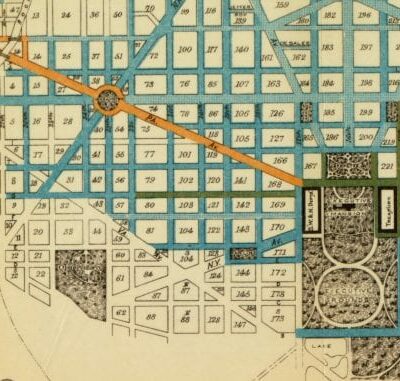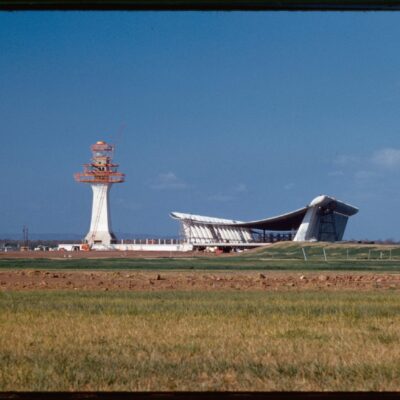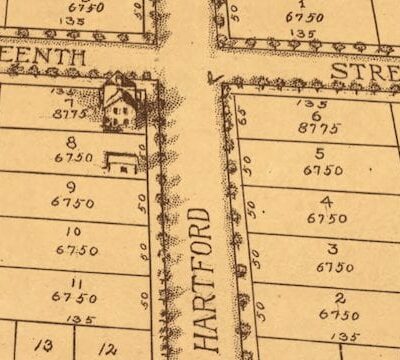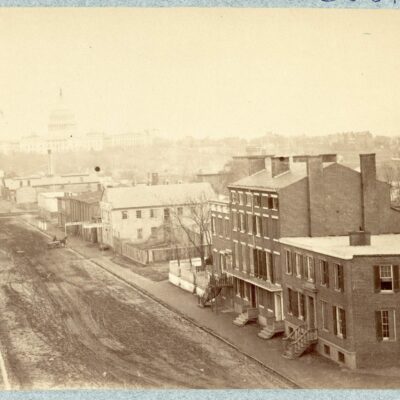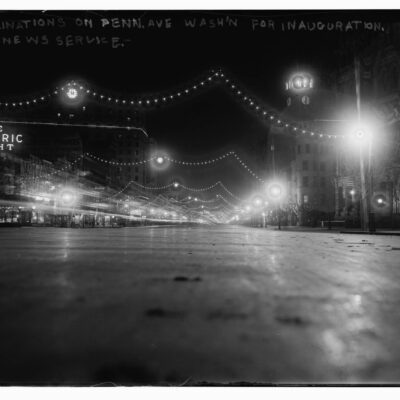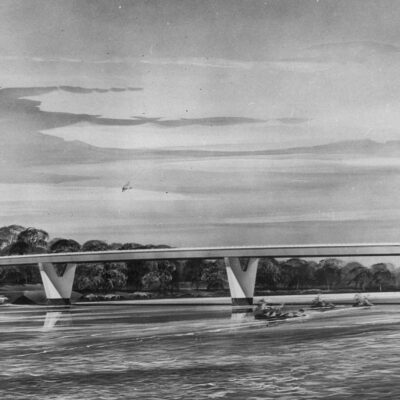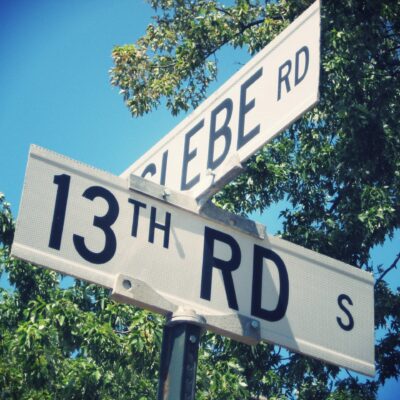Centreville, Virginia, derived its name from its central location among key Northern Virginia cities and towns. Originally called Newgate in the 1760s, this name was inspired by a local tavern owned by William Carr Lane, which took its name from a London prison.
Establishment and Early Years for Centreville
In 1792, the Virginia General Assembly established the town along a turnpike road that passed through the village of Newgate. The town was strategically located between Alexandria, Colchester, Dumfries, Middleburg, Georgetown, Fauquier Court House, and Leesburg.
James Hardage Lane’s vision for Centreville was to provide for his family. It started in Loudoun County but became part of Fairfax County in 1798 when county boundaries shifted. The early town comprised houses, taverns, stores, workshops, and a schoolhouse on half-acre town lots.
Centreville’s elevated position near Bull Run, with creeks flowing in, made it a significant location. The area had an ancient trail connecting the Occoquan River and Blue Ridge Mountains known as Mountain Road.
Civil War and Aftermath
By the mid-19th century, Centreville’s prominence declined as new transportation routes bypassed it. The population dwindled, reaching just 250 by 1854. However, its strategic location near important railroad junctions made it a focal point during the Civil War.

Union forces under Irvin McDowell camped in Centreville in 1861 and engaged in skirmishes nearby. The First Battle of Manassas occurred in close proximity. Wounded Union soldiers occupied Centreville, turning homes, hotels, and even the Methodist church into hospitals.
Confederates under Joseph E. Johnston also established a winter camp in Centreville, constructing log cabins and earthworks, including fake “Quaker guns” made of logs. Despite their impressive appearance, these fortifications failed to deter George McClellan’s Union forces, who later marched to the Virginia Peninsula in 1862.
Centreville saw multiple changes in control during the war and suffered extensive damage, leaving it described as a “desert” by 1865. The scars of battle, including bullet-ridden buildings and sunken graves, lingered as reminders of its wartime history.
Despite the hardships, Centreville survived, although it never fully regained its former stature. Nevertheless, the name Centreville continues to endure, serving as a reminder of its historical significance as a central hub of commerce and transportation in Northern Virginia.
